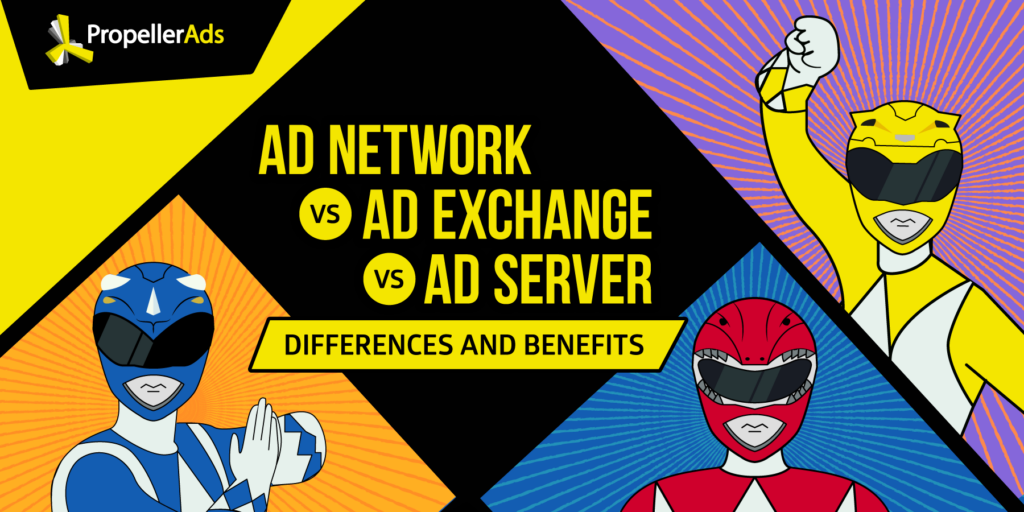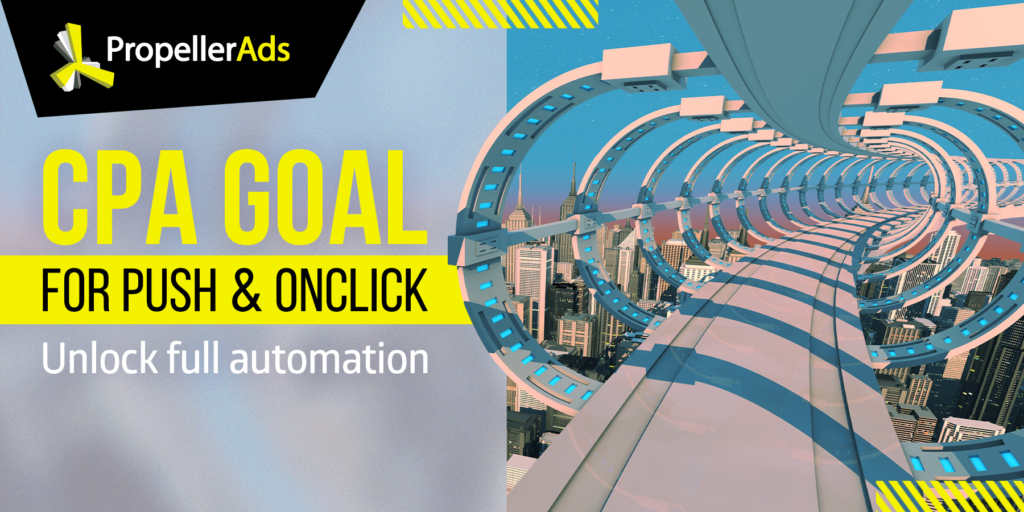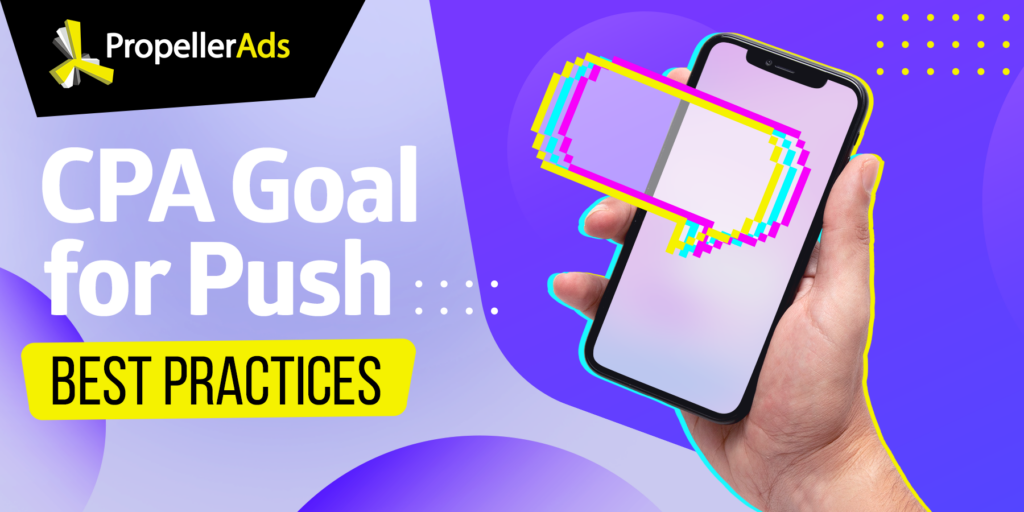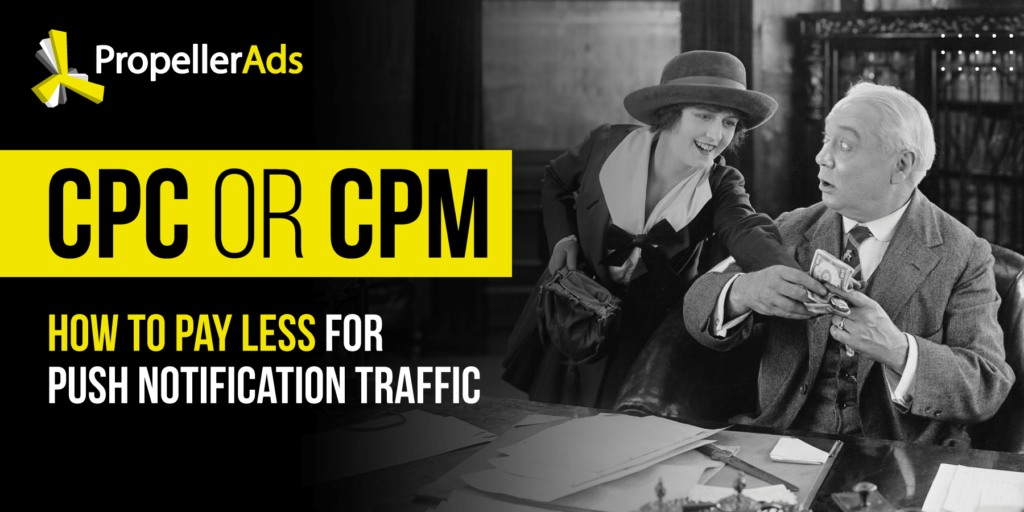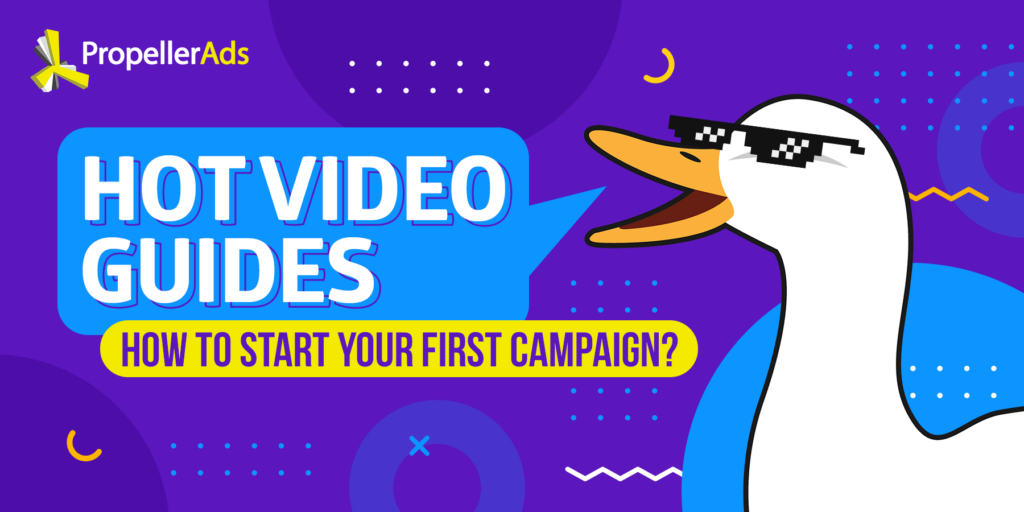Programmatic Auctions Explained: How to Win?
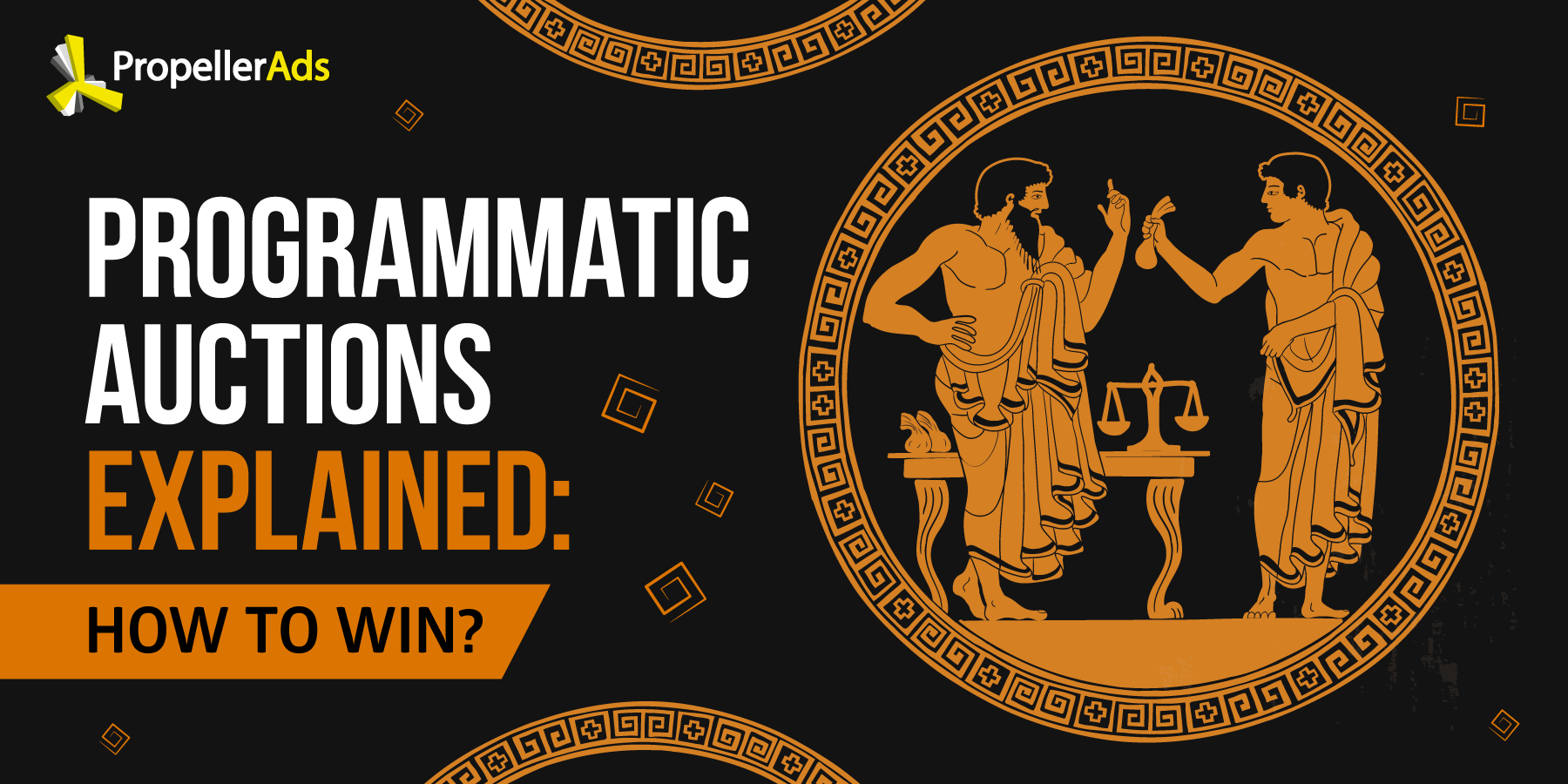
This post is also available in:
PT
It’s a really good practice to discover how things beyond the processes are structured. Especially, when these processes bring you money. That is why, we decided to compose this guideline and explain how programmatic auctions actually work.
In a word, prepare to see the unseen and grasp the unobvious.
What is a programmatic auction?
Programmatic is an automated way of buying and selling media. Publishers have inventory to sell, while advertisers are looking for the best opportunity to buy it regarding their needs and budgets.
So, considering that each inventory is unique, as well as each advertiser’s demand, there are endless ways of exchanging it. Today, the programmatic auction is the most optimal and beneficial for all sides.
Basically, there are two types of auction models – first-price and second-price. The type is decided either by an SSP (supply-side platform) or ad exchange.
First-price programmatic is…
It is a buying and selling model, where you pay the exact price you bid. However, the price to bid here is almost a wild guess, because you don’t know how much your competitors offer. For this reason, first-price auctions are not very beneficial for buyers, aka – advertisers, who risk overpaying.
At the same time, they are pretty much beneficial for publishers, since they can get the highest eCPMs (effective cost per mille). However, there is also a drawback – in this model, overpaying and wild guesses can lead to the opposite effect and reduce the advertisers’ demand for inventory.
So, summing up, in this model, as an advertiser, you will pay the exact sum you wanted, but if you don’t know the fair market prices for impressions, you risk overpaying. There is such a thing as a “price floor” – the minimum price set by a publisher – and all the lower bids won’t be taken into consideration at all.
Second-price programmatic is…
In this model, you have to pay $0.01 additionally above the highest auction bid if your bid wins. So, if you bid the highest sum you are ready to pay for an impression, you will most likely pay less.
For advertisers, this model is more beneficial than the first-price one, because this is a great chance to pay less than expected initially. The winner pays the second highest price (that’s why it is called “second price”), plus $0.01.
Please note: All platforms require fees for your participation in the buying or selling process.
4 types of programmatic deals
As for the deal types, there are four of them in programmatic:
- Open auctions
- Private auctions
- Preferred deals
- Programmatic guaranteed
Let’s talk about them and spot the differences.
Open auction or RTB (real-time bidding)
In the RTB auction, publishers offer their inventory to numerous DSPs (demand-side platforms) via SSPs (supply-side platforms), so hundreds of them can bid at the same time. Obviously, the highest one wins.
This is a great chance for publishers to get the best deal, while advertisers might have doubts about open auctions. In this type of bidding, advertisers opt into a list of SSPs without an idea which inventory they are purchasing. No wonder they have no motivation to pay more.
Private auction
While RTB welcomes all advertisers, private auctions have limitations – only those chosen by publishers can participate. In private auctions, advertisers also bid on the inventory, publishers set the minimal price, and the highest bid wins.
However, in this model, publishers allow pre-approved advertisers to get access to their inventory, which is considered “premium.” Publishers can also restrict particular types of content and user lists, which makes private auctions the safest way of media selling and buying.
Preferred deals
Preferred deals don’t imply any automated auctions. Instead, publishers keep their CPM fixed and offer inventory only to preferred advertisers. Unlike private and open auctions, preferred deals provide advertisers with an opportunity to preview the inventory before buying it.
In preferred deals, advertisers and publishers can arrange direct deals, and buyers can bid on the chosen inventory.
PropellerAds pricing models: how do they work?
And now, let’s move to PropellerAds and see how our SSP works. To begin with, on our SSP, bids and prices depend on the pricing model you choose. Let’s discuss each of them regarding our ad formats:
Onclick
CPA Goal
CPA Goal is a model where you pay for impressions. The price depends on two factors: CPA Goal value and CR (conversion rate). How does it look in practice? You set up the desired conversion price and launch a campaign. More about Popunder campaigns.
When the testing period of your campaign is over, it is billed regarding the CR achieved during this time.
Here is how it looks step by step:
- You set the desired conversion price;
- During the test, you will get traffic billed by a fair-price algorithm that decides the most optimal price for both PropellerAds and you;
- After the testing period is over, the campaign is billed based on the CR you achieved;
- Zones that don’t show optimal results moneywise will be frozen;
- To get the best traffic at the best price, you are recommended to use an S2S tracker (without tracking conversions, CPA Goal won’t get enough data to work properly).
CPM
In CPM, the bid is fixed, and you pay for impressions. You cannot set separate bids for different zones in CPM. Also, in CPM, the payment is fixed, regardless of how many users clicked your ad.
SmartCPM
In SmartCPM, you also pay for impressions, but here we’ve got the second-price auction, as described above. .
At Propeller, you can set the maximal bid you are ready to pay for impressions and everything else will depend on the competition. In most cases, you are not going to pay the highest bid you set, unless it is too low and easy to beat.
In SmartCPM, you can set unique bids for every zone, unlike in CPM.
Push Notifications + Interstitial
CPA Goal
For Push Ads and Interstitial ads, CPA Goal works the same as for Onclick: you set the price not to exceed, pay according to fair price first, and then – based on your CR during the test period.
CPC
In CPC, you pay for clicks. You set your minimum bid and roll a paid test. Each banner has a certain amount of clicks to reach. Once it happens, the campaign rolls based on the estimations received during the testing period. An approximate number of clicks is 40-100, depending on the GEO (more traffic – more clicks).
CPM
In CPM, you pay for impressions, and the bid here is fixed.
How are prices formed at Propeller?
The main price-forming factor is the level of competition on a particular slice or zone. Logically, the more competitors, the more you will have to pay. Use the Traffic Estimator in your PropellerAds account to find out an approximate traffic price.
How is traffic distributed among the campaigns?
Here is how the entire rotation process works:
- When the impression occurs, PropellerAds gets the information about it, including browser type, platform, etc.;
- We check if this impression fits the private auction;
- We also check if the impression is not fraudulent and wasn’t accomplished by a bot;
- If the impression is legit, it gets to the list of campaigns sorted according to eCPM (from the highest to the lowest). The rotation algorithm considers the performance of every banner;
- First of all, we check the campaign with a top eCPM and make sure that it suits our regulations regarding frequency, limits, targeting settings, and other parameters;
- If everything is okay, this campaign gets an impression;
- If there is a problem, we take the next campaign from the list and check it;
- We do so until a suitable campaign is found.
Tips and tricks: how to win?
Finally, we are ready to reveal some practical tips on how to become a bidding master!
Onclick
CPA Goal
The higher bid and CR your campaign has, the better user performance you get, as such – you have all chances to work within the desired CPA Goal. How to increase your chances of winning?
- Work on your CR: test different landing pages, expand targeting settings, and simplify your flow;
- Increase rates to get traffic from more expensive zones. Chances are, your campaign will convert much better with expensive traffic, but if you miss increasing the rates, profitable zones might become inactive if the CPA Goal is exceeded.
CPM
For CPM, the recipe is super simple: increase your bid and increase ad frequency.
SCPM
For SCPM, try increasing bids for particular zones to purchase more traffic and again – increase ad frequency.
Push Notifications + Interstitial
CPA Goal
Again, in CPA Goal, you get more traffic when your CR gets higher. You should:
- Use creatives with maximally high CTR;
- Test new creatives regularly – your aim is to make your campaign convert better to receive more valuable traffic.
CPC
For CPC, your auction victory also depends on the CTR. High bids won’t save you if your creative is not appealing enough to gather a lot of clicks. This means that your task is to increase your CTR:
- Test and retest new creatives;
- Try different bunches and see which one works best for you.
Wow, this was a big journey! We hope now the bidding process as a whole and at PropellerAds particularly looks more transparent for you.
Any ideas or questions? Join our Telegram Chat and let’s discuss!
